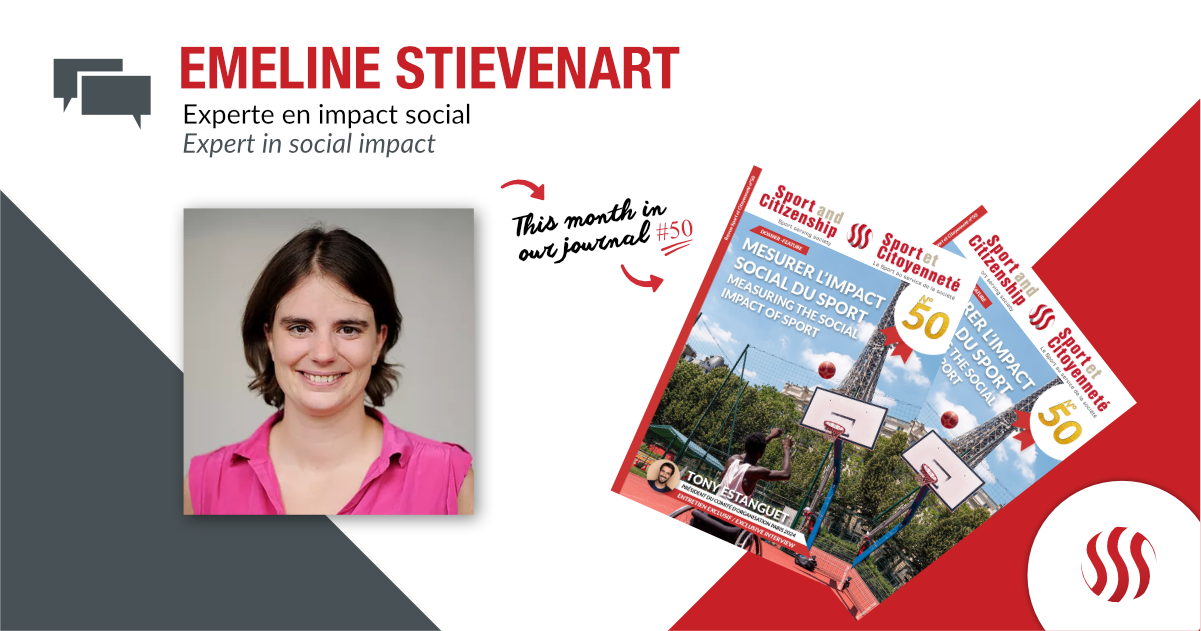
How to measure impact ?
How to measure impact ?
Measuring social impact means asking the question “So what?” This requires one to step back from the action to look again at the needs one is trying to address and the changes and improvements targeted.
 Emeline STIEVENART
Emeline STIEVENART
Expert in social impact
In the field of sport, questions can be asked about the effects of doing sport on physical and psychological health, and also on many other things such as self-confidence, the ability to find one’s place in the community and dealing with challenges and failure. Various associations have therefore made it a lever in their schemes for preventing problems, like Siel Bleu, an association working with old people that has demonstrated the link between suitable sport sessions and a reduction in falls; or for inclusion, like Sport dans la Ville, which uses sport grounds to connect with young people and motivate them in their job seeking. So how to go about it? Here are a few pointers. A more pragmatic approach could be chosen, relying for example on surveys of the participants in a scheme; or a more scientific approach, backed up by specialist researchers and following up cohorts. Let’s look at the first of these, which can easily be put in place straight away.
To start with, you could organise a workshop where all the stakeholders present will set out their ideas on the effects of your programme, categorise them by theme, and prioritise what could be studied. Then, test the hypotheses of effects on participants and stakeholders absent from the workshop, to get their opinions, so as to refine and develop them and give examples. Following this, ask yourself how you could roll out a survey to estimate the number of people concerned by these effects: what are the questions to ask? Who to ask? When? Discuss it with other people, create your tools, such as a questionnaire, and go for it. Then you will have your first results! They won’t be perfect, but there will already be a lot to learn from them about your impact and that will feed into your scheme and your communications. The main thing is to be transparent about what you have done.
Depending on the aim, the scope and the complexity of your action, the methodological tools will have to be adapted to the context, with the possibility of help from external experts such as surgeries, institutes and research laboratories.
“Acting in a concerted manner to capitalise on the knowledge gained”
One final recommendation: while the subject of social impact evaluation is in full expansion, it is vital to move forward in a concerted manner at the sectoral level, including the sport sector. This mutualisation will guarantee the quality of the practice of measuring impact over time, and also make the subject accessible to the greatest number by sharing methods, indicators and tools. This will also make it possible to capitalise on knowledge gained from the studies undertaken, on the actions that create the greatest impact.
